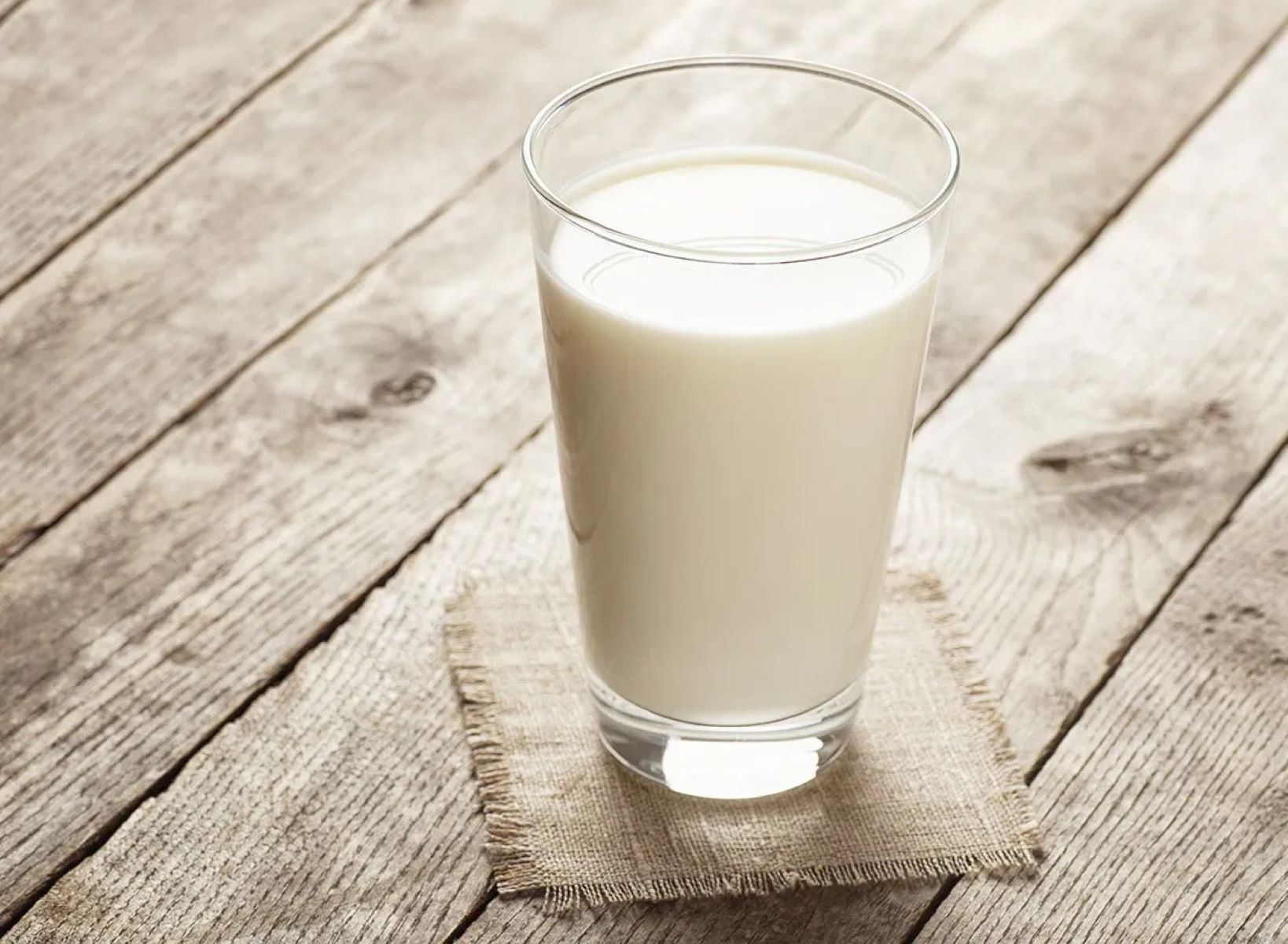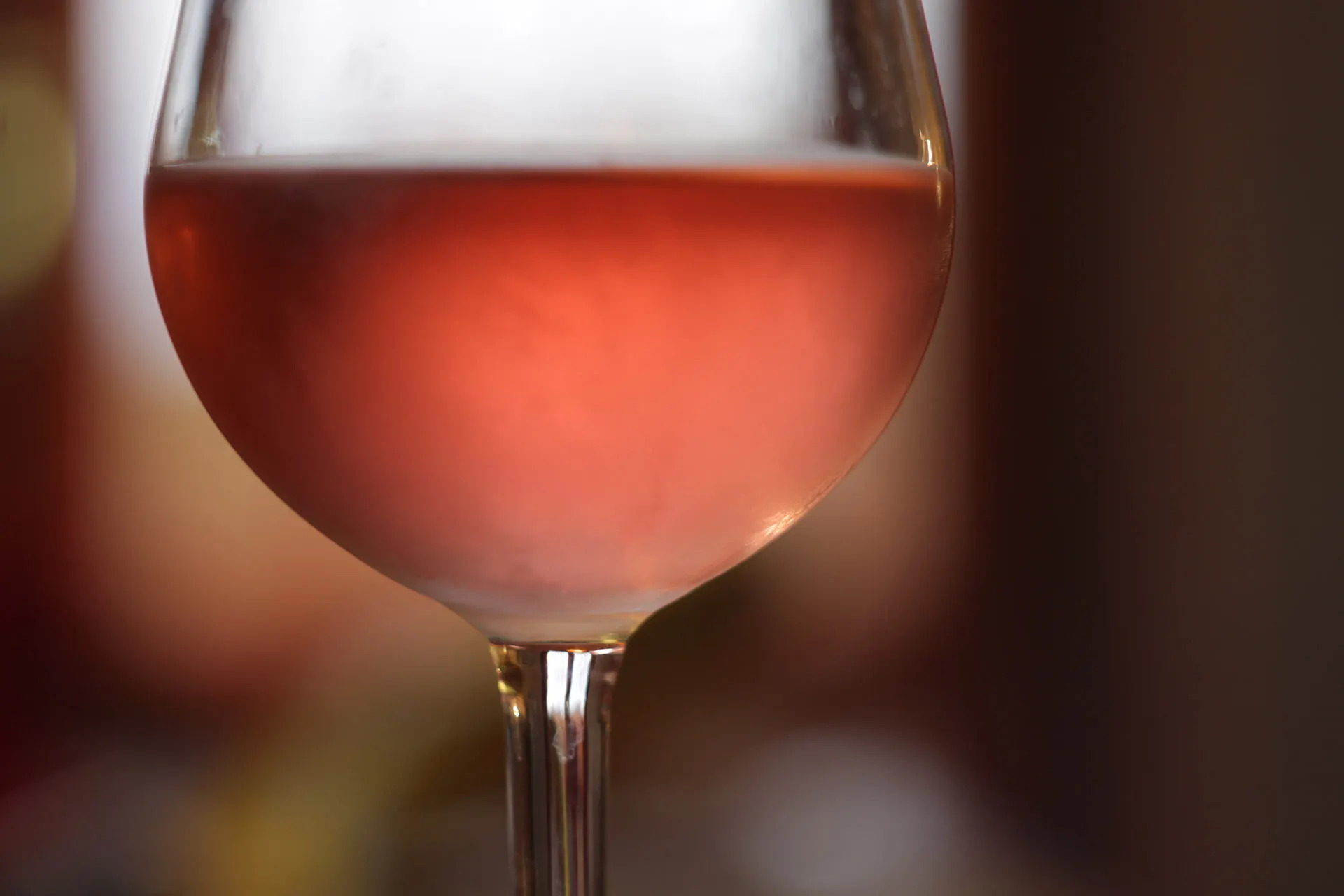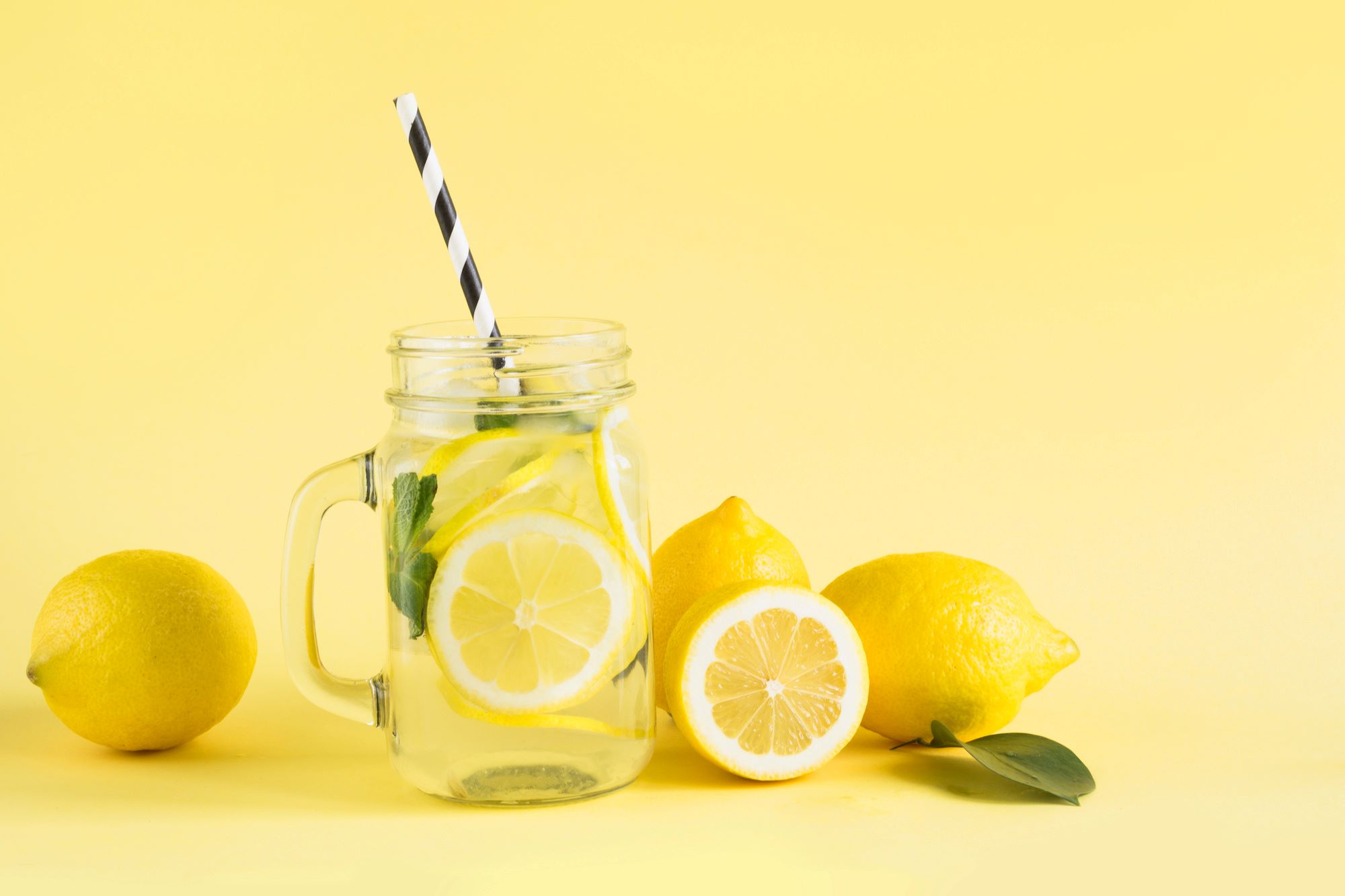Home>Home Appliances>Kitchen Appliances>How Many Calories In A Glass Of White Wine


Kitchen Appliances
How Many Calories In A Glass Of White Wine
Published: February 2, 2024
Discover the calorie count in a glass of white wine and make informed choices for your kitchen appliances. Learn more about the nutritional value of white wine.
(Many of the links in this article redirect to a specific reviewed product. Your purchase of these products through affiliate links helps to generate commission for Storables.com, at no extra cost. Learn more)
Introduction
White wine is a beloved beverage enjoyed by many around the world. Whether sipped during a leisurely evening at home, paired with a gourmet meal, or savored at a social gathering, white wine holds a special place in the hearts of wine enthusiasts. Beyond its delightful taste and versatility, white wine also sparks curiosity about its nutritional aspects, particularly the number of calories it contains.
In this article, we will delve into the world of white wine and explore the intriguing topic of calories. By understanding the factors that influence the calorie content of white wine, as well as its potential impact on health, readers will gain valuable insights into this popular libation. Whether you're a casual wine enthusiast or a health-conscious individual, the information presented here will shed light on the calorie aspect of white wine, empowering you to make informed choices while indulging in this delightful beverage.
Key Takeaways:
- White wine contains around 121 calories per 5-ounce serving, influenced by alcohol content and residual sugar. Enjoy in moderation and be mindful of portion sizes for a balanced approach to consumption.
- Factors such as alcohol by volume, residual sugar, and serving size affect the calorie content of white wine. Understanding these elements empowers wine enthusiasts to make informed choices for a healthier lifestyle.
Read more: How Many Calories Are In A Glass Of Wine
Understanding White Wine
White wine is a type of wine that is made from the fermentation of white or green grapes. The color of the wine can vary from pale yellow to golden hues, and its flavor profile can range from light and crisp to rich and complex, depending on the grape variety and winemaking techniques. Unlike red wine, white wine is produced without the skins of the grapes, resulting in a lighter color and a different set of flavors and aromas.
There is a wide variety of white wine styles, each offering a unique sensory experience. For instance, Chardonnay, one of the most popular white wine varietals, is known for its rich, buttery texture and notes of tropical fruits, while Sauvignon Blanc is celebrated for its zesty acidity and vibrant citrus flavors. Other notable white wine varieties include Riesling, Pinot Grigio, and Gewürztraminer, each with its own distinct characteristics and regional nuances.
White wine can be enjoyed in a range of sweetness levels, from bone-dry to lusciously sweet, catering to diverse palates and culinary preferences. Its versatility makes it an ideal companion for a wide array of dishes, from seafood and poultry to salads and creamy pastas. Additionally, white wine is often used in cooking to enhance the flavors of various recipes, adding depth and complexity to dishes.
The production of white wine involves a meticulous process that begins with the harvesting of grapes at optimal ripeness. After the grapes are harvested, they undergo pressing to extract the juice, which is then fermented to convert the sugars into alcohol. Depending on the winemaking style, the wine may be aged in stainless steel tanks, oak barrels, or a combination of both, contributing to its unique flavor profile and texture.
White wine is celebrated for its refreshing and invigorating qualities, making it a popular choice for warm-weather occasions and outdoor gatherings. Its ability to evoke a sense of elegance and sophistication, coupled with its diverse range of expressions, has solidified its status as a beloved beverage in the world of wine.
In summary, white wine encompasses a broad spectrum of styles, flavors, and aromas, offering an enriching sensory journey for wine enthusiasts. Its diversity and adaptability make it a timeless classic that continues to captivate the palates of wine lovers worldwide.
Calories in White Wine
When it comes to the calorie content of white wine, it's essential to consider the impact of alcohol and residual sugar. On average, a 5-ounce (148-milliliter) serving of white wine contains approximately 121 calories. However, this number can vary depending on several factors, including the grape variety, winemaking techniques, and the wine's sweetness level.
The alcohol content of white wine significantly contributes to its calorie count. Alcohol is energy-dense, containing approximately 7 calories per gram. As a result, wines with higher alcohol by volume (ABV) tend to have a greater calorie content. For instance, a dry white wine with 13% ABV will generally contain more calories than a lower-alcohol counterpart.
In addition to alcohol, residual sugar plays a role in the calorie composition of white wine. Residual sugar refers to the natural grape sugars that remain unfermented in the wine, contributing to its sweetness. Wines with higher levels of residual sugar will typically have a higher calorie content. Therefore, a sweet white wine such as a late-harvest Riesling or a dessert wine will contain more calories than a bone-dry Sauvignon Blanc.
It's important to note that the serving size of white wine also impacts its calorie count. A standard serving of white wine is 5 ounces (148 milliliters), and consuming larger portions will naturally increase the calorie intake. Furthermore, the addition of mixers or sweeteners to white wine-based cocktails can significantly elevate the calorie content, warranting mindful consumption.
Understanding the calorie content of white wine empowers individuals to make informed choices based on their dietary preferences and health goals. Whether enjoying a crisp glass of Chardonnay or a lusciously sweet Moscato, being mindful of portion sizes and the wine's alcohol and sugar content can contribute to a balanced approach to consumption.
In summary, the calorie content of white wine is influenced by factors such as alcohol percentage, residual sugar, and serving size. By being aware of these elements, wine enthusiasts can appreciate their favorite varietals while maintaining a conscious awareness of their nutritional impact.
Factors Affecting Calories in White Wine
The calorie content of white wine is influenced by several key factors, each contributing to the overall nutritional profile of this beloved libation. Understanding these factors provides valuable insights into the varying calorie counts of different white wine styles and empowers individuals to make informed choices based on their dietary preferences and health goals.
Alcohol by Volume (ABV)
One of the primary factors affecting the calorie content of white wine is its alcohol by volume (ABV). Alcohol is energy-dense, containing approximately 7 calories per gram. Therefore, wines with higher ABV levels will inherently have a greater calorie count. For example, a dry white wine with 13% ABV will generally contain more calories than a lower-alcohol counterpart. As such, when considering the calorie impact of white wine, it's essential to take into account the ABV of the specific varietal being enjoyed.
Read more: How Many Calories Is A Glass Of Rosé Wine
Residual Sugar
Another influential factor in the calorie composition of white wine is the level of residual sugar present in the wine. Residual sugar refers to the natural grape sugars that remain unfermented in the wine, contributing to its sweetness. Wines with higher levels of residual sugar will typically have a higher calorie content. For instance, a sweet white wine such as a late-harvest Riesling or a dessert wine will contain more calories than a bone-dry Sauvignon Blanc. Therefore, the sweetness level of a white wine directly impacts its calorie count, making it an important consideration for those mindful of their sugar intake.
Serving Size
The serving size of white wine also plays a significant role in determining its calorie content. A standard serving of white wine is 5 ounces (148 milliliters), containing approximately 121 calories on average. Consuming larger portions naturally increases the calorie intake. It's important for individuals to be mindful of their serving sizes to manage their calorie consumption effectively. Additionally, the addition of mixers or sweeteners to white wine-based cocktails can significantly elevate the calorie content, making portion control an essential aspect of calorie management.
Winemaking Techniques
The winemaking process itself can impact the calorie content of white wine. Factors such as oak aging, malolactic fermentation, and lees stirring can influence the texture, flavor, and body of the wine, indirectly affecting its calorie count. For example, white wines aged in oak barrels may exhibit a richer mouthfeel and flavor profile, potentially indicating a higher calorie content due to the influence of oak-derived compounds. Understanding the winemaking techniques employed can provide insights into the potential calorie impact of a specific white wine.
By considering these factors, individuals can gain a comprehensive understanding of the elements that contribute to the calorie content of white wine. Whether savoring a dry and crisp Chardonnay or indulging in a lusciously sweet late-harvest Gewürztraminer, being aware of these factors enables wine enthusiasts to appreciate their favorite varietals while maintaining a conscious awareness of their nutritional impact.
Health Considerations
When it comes to enjoying white wine, it's important to consider the potential health implications associated with its consumption. While moderate wine consumption has been linked to certain health benefits, it's essential to approach alcohol consumption with mindfulness and awareness of individual health circumstances.
Moderation is key when it comes to incorporating white wine into a balanced lifestyle. The Dietary Guidelines for Americans define moderate alcohol consumption as up to one drink per day for women and up to two drinks per day for men. Exceeding these limits can lead to adverse health effects, including an increased risk of liver disease, certain cancers, and cardiovascular issues. Therefore, it's crucial for individuals to be mindful of their alcohol intake and adhere to recommended guidelines to safeguard their well-being.
In addition to moderation, it's important to consider the overall dietary context in which white wine is consumed. White wine, like other alcoholic beverages, contains empty calories, providing little to no nutritional value. Excessive consumption can contribute to weight gain and may hinder efforts to maintain a healthy weight. As such, individuals should be mindful of their overall calorie intake and consider the impact of white wine consumption on their daily energy balance.
Furthermore, individuals with specific health conditions or those taking medications should consult with their healthcare providers regarding alcohol consumption. Certain health conditions, such as liver disease, diabetes, and hypertension, may warrant strict limitations or abstinence from alcohol. Additionally, alcohol can interact with various medications, potentially compromising their efficacy or leading to adverse reactions. Seeking professional medical advice ensures that individuals can make informed decisions aligned with their health needs.
It's worth noting that while white wine contains antioxidants and polyphenols that may offer certain health benefits, these compounds can also be obtained from non-alcoholic sources such as fruits, vegetables, and teas. Therefore, individuals who choose not to consume alcohol can still access these beneficial compounds through alternative dietary choices.
Ultimately, when considering the health implications of white wine consumption, mindfulness, moderation, and individual health considerations are paramount. By approaching white wine consumption with a balanced perspective and aligning it with personal health goals, individuals can savor this beloved libation while prioritizing their overall well-being.
A standard 5 oz glass of white wine contains about 120 calories. Be mindful of portion sizes to keep track of your calorie intake.
Read more: How Many Calories Is A Glass Of Red Wine?
Conclusion
In conclusion, the world of white wine is a captivating tapestry of flavors, aromas, and cultural significance. From the crisp elegance of a Sauvignon Blanc to the luscious sweetness of a late-harvest Riesling, white wine offers a diverse array of sensory experiences that delight wine enthusiasts worldwide. However, beyond its sensory allure, the topic of calories in white wine provides valuable insights into the nutritional aspect of this beloved libation.
Understanding the factors that influence the calorie content of white wine empowers individuals to make informed choices aligned with their dietary preferences and health goals. The interplay of alcohol by volume, residual sugar, serving size, and winemaking techniques contributes to the varying calorie counts of different white wine styles, highlighting the nuanced nature of this beverage.
While white wine can be enjoyed as part of a balanced lifestyle, it's essential for individuals to approach its consumption with mindfulness and moderation. Being mindful of portion sizes, alcohol content, and overall calorie intake allows for a harmonious integration of white wine into a health-conscious lifestyle.
Moreover, considering the broader health implications of white wine consumption underscores the importance of aligning individual choices with personal well-being. Moderation, awareness of dietary context, and consideration of specific health conditions and medications are crucial elements in making informed decisions regarding white wine consumption.
Ultimately, the journey through the world of white wine encompasses not only the sensory pleasures it offers but also the thoughtful consideration of its nutritional and health aspects. By embracing a balanced and informed approach to white wine enjoyment, individuals can savor its delights while prioritizing their overall well-being.
In essence, the allure of white wine lies not only in its taste and versatility but also in the mindful appreciation of its nutritional impact. As we raise our glasses to the joy of white wine, let us do so with a deepened understanding of its calorie composition and a commitment to savoring this timeless libation in harmony with our well-being.
Frequently Asked Questions about How Many Calories In A Glass Of White Wine
Was this page helpful?
At Storables.com, we guarantee accurate and reliable information. Our content, validated by Expert Board Contributors, is crafted following stringent Editorial Policies. We're committed to providing you with well-researched, expert-backed insights for all your informational needs.














0 thoughts on “How Many Calories In A Glass Of White Wine”